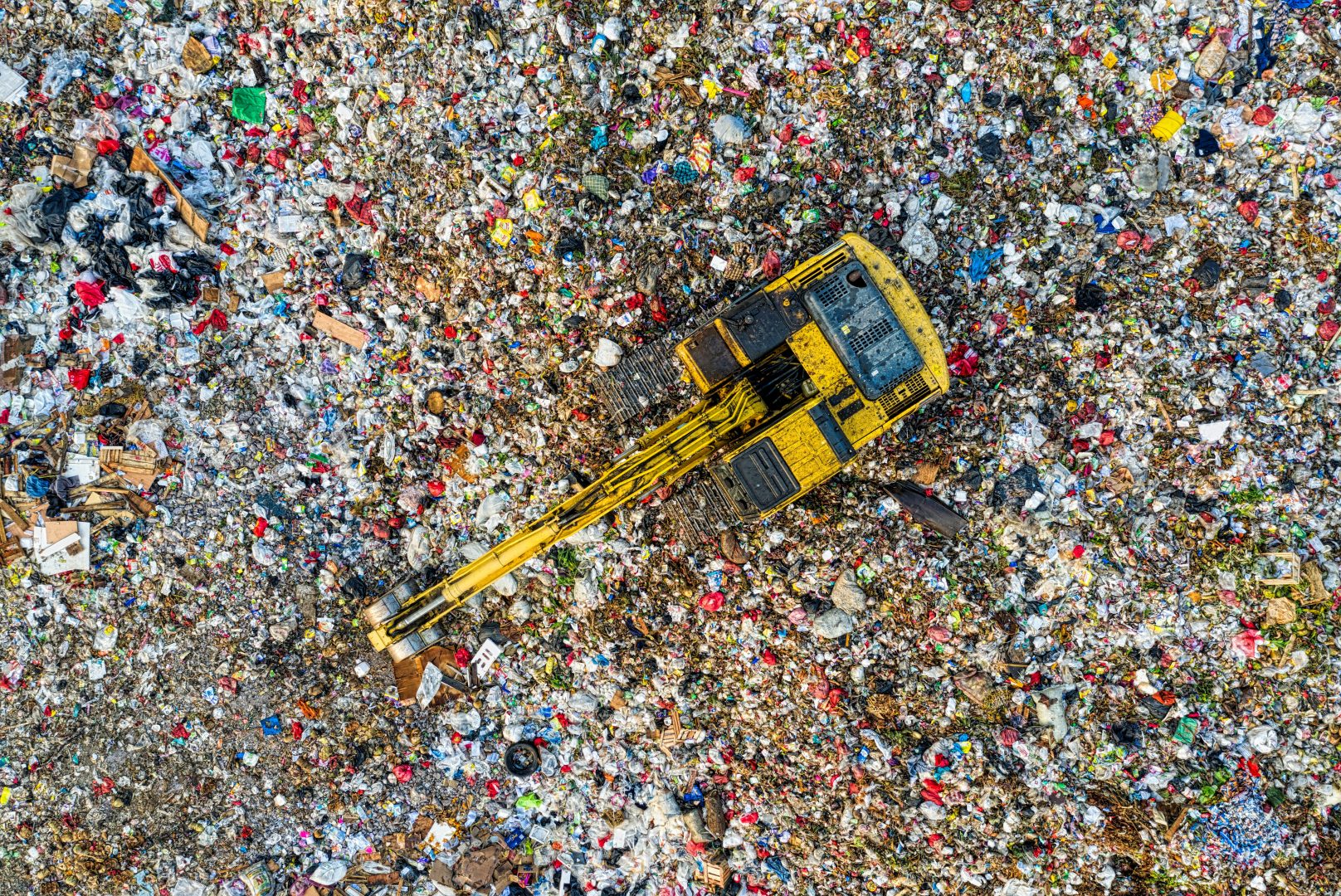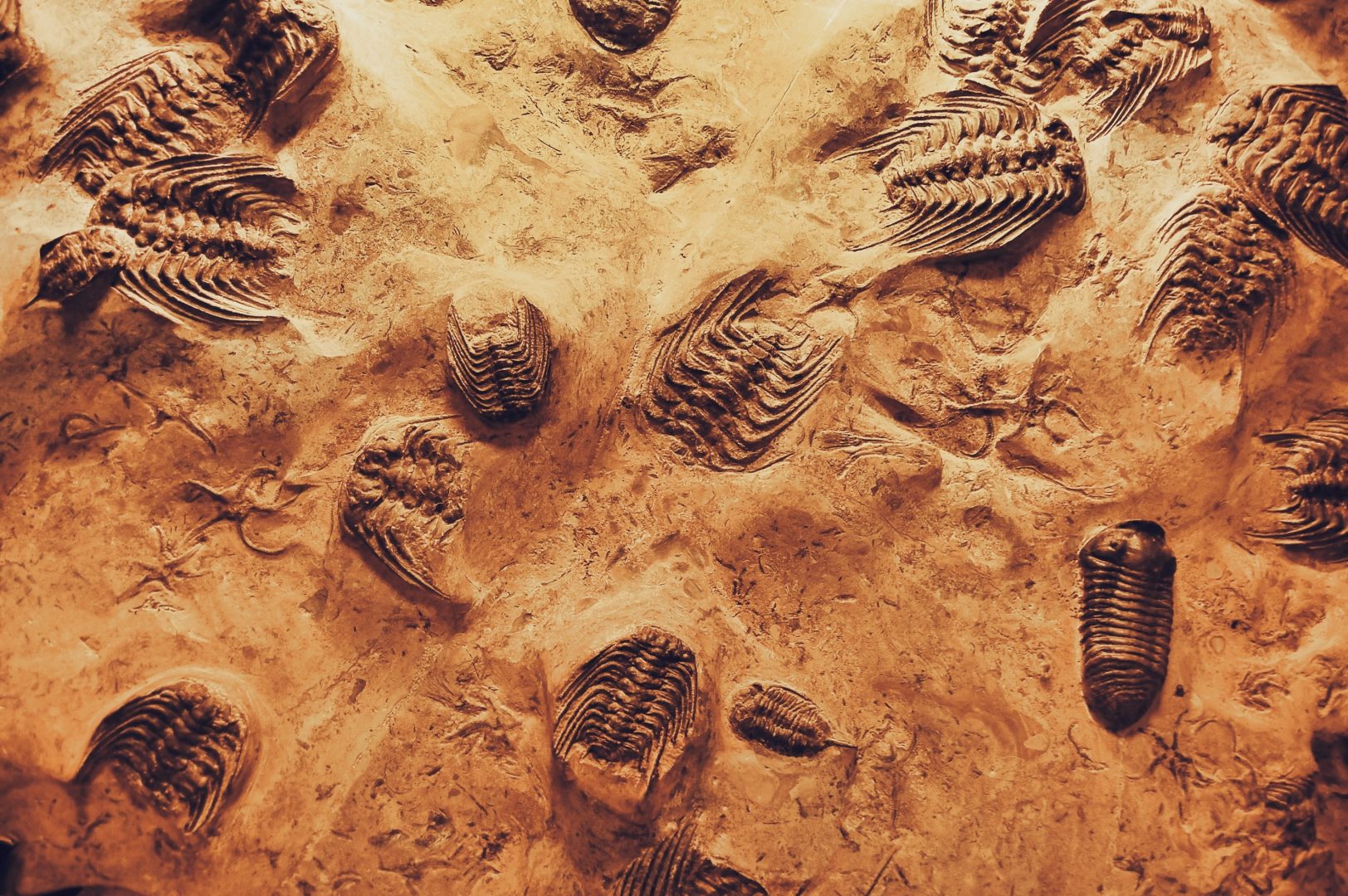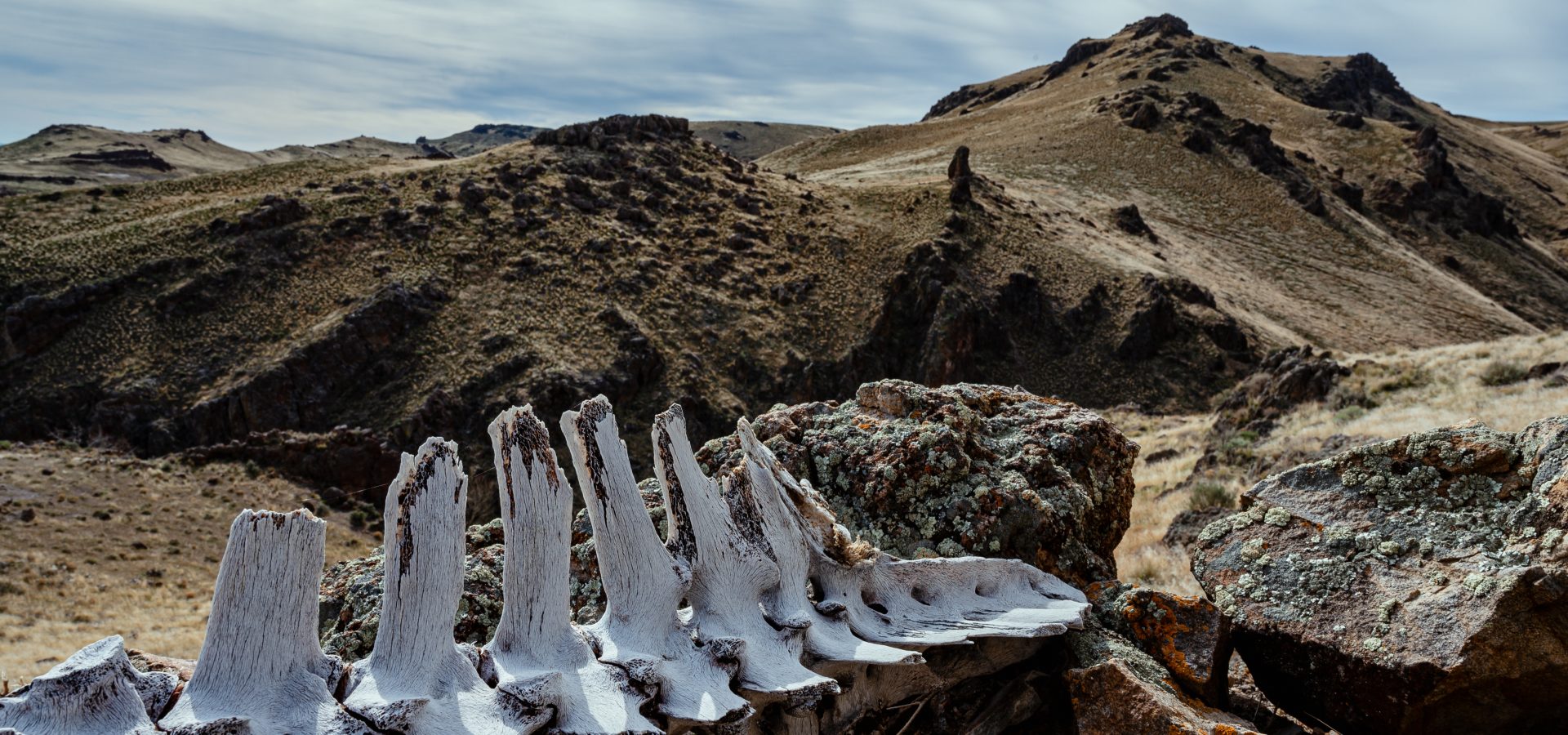‘Farmer’s friend’ is the proverbial description of Rat snakes. Rodents that destroy crops and eat into stored rice are one of the many animals the non-venomous rat snakes (who aren’t picky eaters) feed on. The snake holds a specific place in the food chain as tertiary consumers which mean they are carnivores that eat other smaller animals and play an important role in keeping the population of secondary consumers (such as rats) in check. The presence of a predator also implies rats are constantly alert and wander less indiscriminately into open fields and walled in rooms. Being a secondary consumer also means the snake is food for animals one level above them in the food chain; the apex predators. Pulling the Rat snake out of an ecosystem would result in populations of its prey to grow indiscriminately until it depletes its food resources and damages the environment it inhabits. It will also likely starve larger predators that hunt rat snakes.
The food chain is an excellent illustration of how intricately tied all life forms are and how removing even one level of this chain can have a devastating effect on the ecosystem as a whole. Living things in the processes that keep it alive tend to enhance the quality of the environment it finds itself in (more often than not to the benefit of other species). Bees foraging honey help plants reproduce, what a lion hunts also feeds scavengers, organisms unseen to the naked eye help break down nutrients in the soil that plants can then consume and passing herds of herbivores enrich the soil they graze in. Mutualistic relationships are cornerstone to some of the most impressive ecosystems such as coral reefs.

Plants, animals and other living organisms play numerous roles in keeping the natural world healthy, protecting biodiversity and allowing life to flourish; serving as food sources, keeping prey populations in balance, working as pollinators, dispersing seeds and keeping rich the variation of life on Earth.
Present day estimates speculate the rate at which life forms go extinct (the point at which the last individual of a specific species is believed to have vanished) is tens of times higher than pre-human times. Terrestrial animals are understood to be at higher risk of extinction due to man made problems with some of more iconic members of Indian forests like the Asiatic lion, Bengal tiger and Nilgiri tahr listed in the International Union for Conservation of Nature (IUCN) red list as ‘Endangered’. Marine life is also at threat and speculations that the rate at which life in water goes extinct slower than that on land has its flaws. There are large parts of the world’s oceans still unexplored. The stock of marine life identified and recorded in science is likely to be just a fraction of the biodiversity underwater. Even within the bounds of this knowledge marine life ranging from species of fish, mammals, algae, coral and those of seabirds directly reliant on marine life for its survival have been recorded to have gone extinct in the modern period. Damages to life in water due to human activities are frequent; waterways are poisoned and marine environments are severely damaged with every oil spill. The Tilapia fish introduced in India for aquaculture as a food source in the middle of the last century quickly turned invasive. The fast growing fish quickly outcompeted native biodiversity for food; effectively bringing down populations of other marine life and impacting overall environmental health.
Extinctions which have occurred in the history of earth:
- Ordovician-Silurian Extinction: 440 million years ago.
- Devonian Extinction: 365 million years ago.
- Permian-Triassic Extinction: 250 million years ago.
- Triassic-Jurassic Extinction: 210 million years ago.
- Cretaceous-Tertiary Extinction: 65 Million Years Ago.

With current levels of environmental pollution, urbanization and poaching; thousands of species will go extinct and with it a cascading effect that adversely affects thousands of other species that are connected to or rely on it. Many scientists believe the sixth mass extinction (The Holocene extinction) is underway and human influenced climate change plays a key factor in it. According to the United Nations’ Intergovernmental Science-Policy Platform on Biodiversity and Ecosystem Services approximately 1 million animal and plant species are threatened with extinction. Unless changes are made to how we operate in the world, 40% of all diversity on land and more than 30% of that in water could be lost in the course of our lifetime. The choice to turn back time is only in the hands of humanity.





